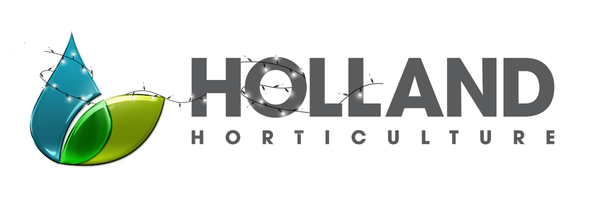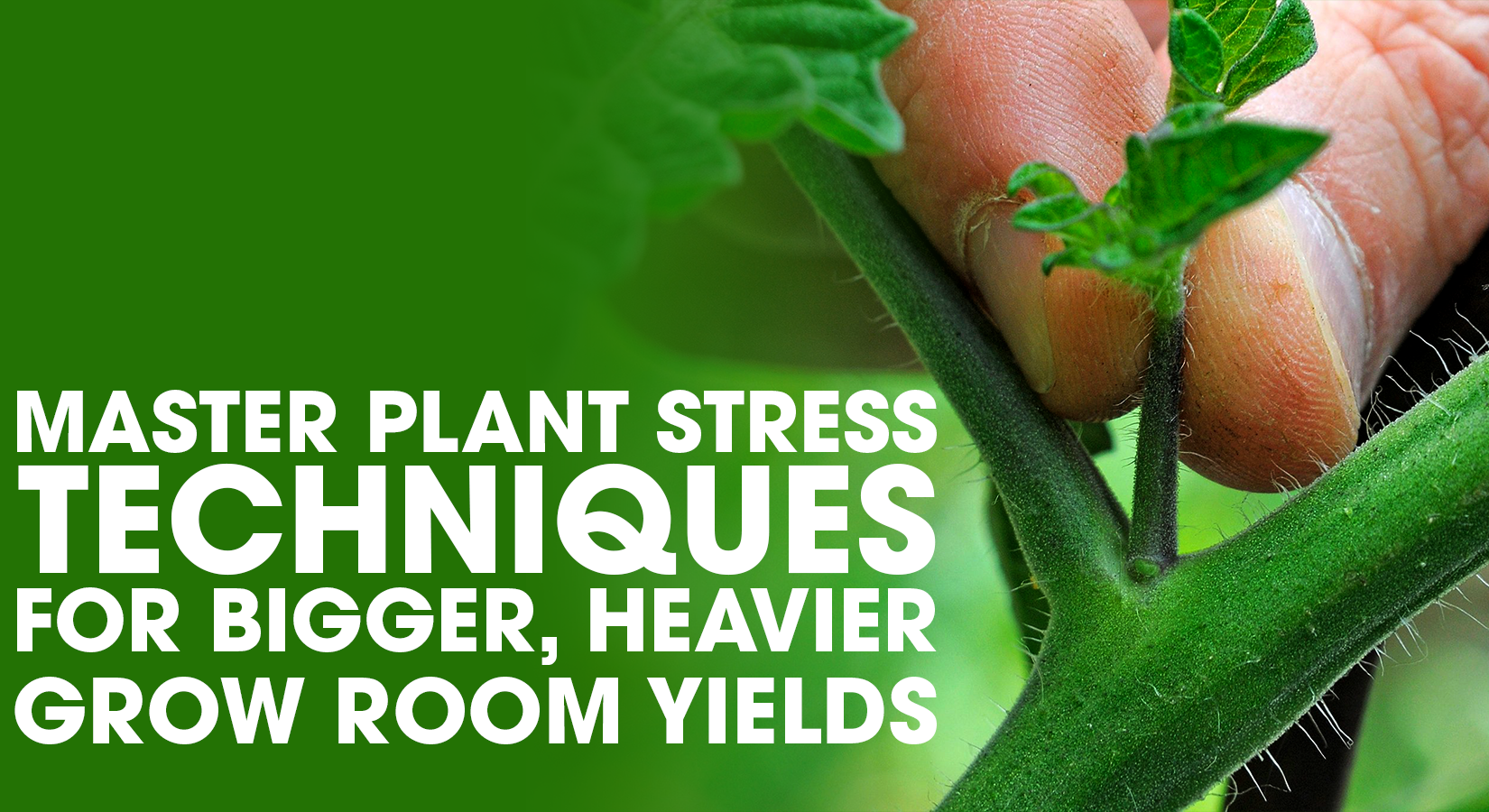Master Plant Stress Techniques for Bigger, Heavier Yields in Your Grow Room
By Holland Horticulture • Published Nov 12, 2025
Boost your hydroponic grow room yields with plant stress techniques. Learn how controlled training methods, from gentle bending to advanced topping and fimming, can strengthen stems, increase canopy size, and produce bigger, denser harvests — plus direct links to Holland Horticulture products to optimise your setup.
Why plant stress techniques matter
Deliberate, controlled stress encourages plants to redirect energy into growth and flower production. When applied correctly, these techniques promote:
- Thicker stems and stronger structure
- Wider, more even canopies
- Improved flower density and overall yield
Low‑Stress Training (LST) Techniques
Gentle techniques like bending and tying or selective defoliation improve light exposure and canopy uniformity without significant shock.
Bending and Tying Down
- Purpose: Flatten canopy, expose hidden bud sites.
- Method: Gently bend stems sideways and secure with soft plant ties or wire.
- Benefit: Enhances light penetration and airflow.
- Watch Out: Avoid snapping stems; move slowly and support bends.
Super Cropping (Advanced LST)
- Purpose: Strengthen stems and increase nutrient flow.
- Method: Pinch stems gently until soft and slightly bend to form a “knuckle.”
- Benefit: Supports heavier buds and promotes hormonal growth responses.
- Watch Out: Avoid pinching too hard or near nodes; repair with horticultural tape if needed.
Defoliation
- Purpose: Improve light penetration and airflow.
- Method: Remove large fan leaves during vegetative growth or early flowering.
- Benefit: Encourages fuller buds and reduces humidity buildup.
- Watch Out: Limit removal to 20–25% of leaves at a time to avoid growth delays.
High‑Stress Training (HST) Techniques
More aggressive techniques like topping, fimming, and light stress manipulation can produce multiple dominant growth tips and denser buds.
Topping
- Purpose: Create multiple main growth tops.
- Method: Cut just above 3rd or 4th node after 4–6 nodes develop using sterilised scissors.
- Benefit: Promotes bushier plants with evenly distributed colas.
- Watch Out: Avoid topping too early or often to prevent stunted growth.
Fimming
- Purpose: Less aggressive than topping; can create 3‑5 new growth tips.
- Method: Pinch or cut ~70–80% of the top growth tip.
- Benefit: Encourages multiple bud sites without stopping vertical growth.
- Watch Out: Results vary; timing and technique are key.
Light Stress Manipulation
- Purpose: Boost flower density, resin production, and colour.
- Method: Adjust light intensity, spectrum, or height. Introduce more red or UV wavelengths late in flowering.
- Benefit: Denser buds and improved coloration.
- Watch Out: Avoid excess heat or PPFD; monitor canopy for leaf burn.
Risks & how to avoid them
- Over‑training can stunt growth.
- Excess stress may trigger hermaphroditic traits.
- Unsterilised tools risk disease or mould.
- Unsupported stems may collapse under heavy flowers.
Holland Horticulture Products to Support Training
- Soft Plant Ties & Training Wire
- Pruning Shears & Sterile Scalpels
- Kaizen Controllers & Environmental Monitors
- Grow Lights & UV Bars
- Grow Tents
FAQ
- When should I start stress training?
- Start during early vegetative growth to reduce shock and improve recovery.
- Can LST and HST be combined?
- Yes, combining gentle LST with occasional HST gives bushier canopies and higher yields.
- Will stress training harm my plants?
- If applied gradually with proper monitoring, stress training strengthens plants rather than harming them.

